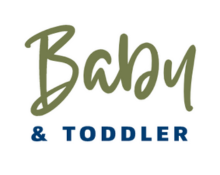
The timing of pumping will depend on your individual circumstances and goals. Here are some common situations when you might consider pumping breast milk:
Establishing milk supply: If you’re looking to establish or increase your milk supply, you may consider pumping in addition to breastfeeding. It’s often recommended to wait until breastfeeding is well-established, usually around 4-6 weeks, before introducing pumping sessions.
Engorgement relief: If you’re experiencing breast engorgement, pumping can help to relieve discomfort and reduce milk supply. You can pump a small amount of milk to relieve pressure, but be careful not to empty the breasts completely, as this may signal your body to produce more milk.
Building a freezer stash: If you’re planning to return to work or have periods of separation from your baby, you may want to start pumping and building a freezer stash of breast milk. This allows you to have a supply of milk for when you’re away and ensures your baby continues to receive breast milk.
Feeding your baby with a bottle: If you plan to introduce bottle feeding or have a caregiver feed your baby expressed breast milk, you’ll need to pump regularly to provide milk for those feedings. This typically involves pumping around the same time that your baby would feed.
Maintaining milk supply: If you’re exclusively breastfeeding and want to maintain a steady milk supply, you can incorporate pumping sessions into your routine. This can be helpful if your baby starts sleeping longer stretches at night or if you need to be away from your baby for an extended period.
The frequency of pumping will vary depending on your baby’s feeding patterns, your milk supply, and your personal goals. It’s generally recommended to pump after or between breastfeeding sessions. Some mothers find it beneficial to pump in the morning when milk supply tends to be higher. Others may choose to pump on one breast while nursing on the other to maximize milk production.
Ultimately, finding the right pumping schedule will require some trial and error to determine what works best for you and your baby. It can be helpful to consult with a lactation consultant or reach out to breastfeeding support groups for guidance and personalized advice.
